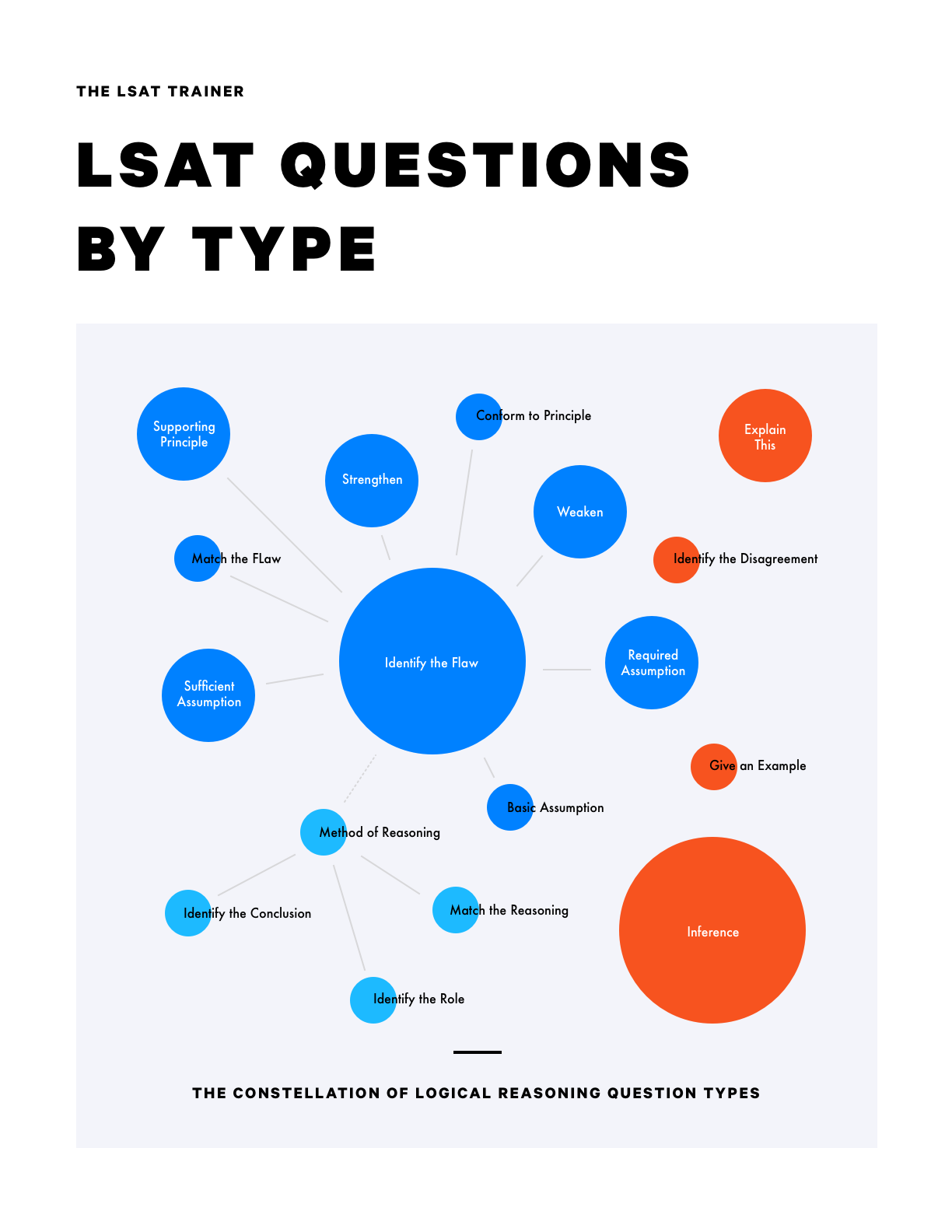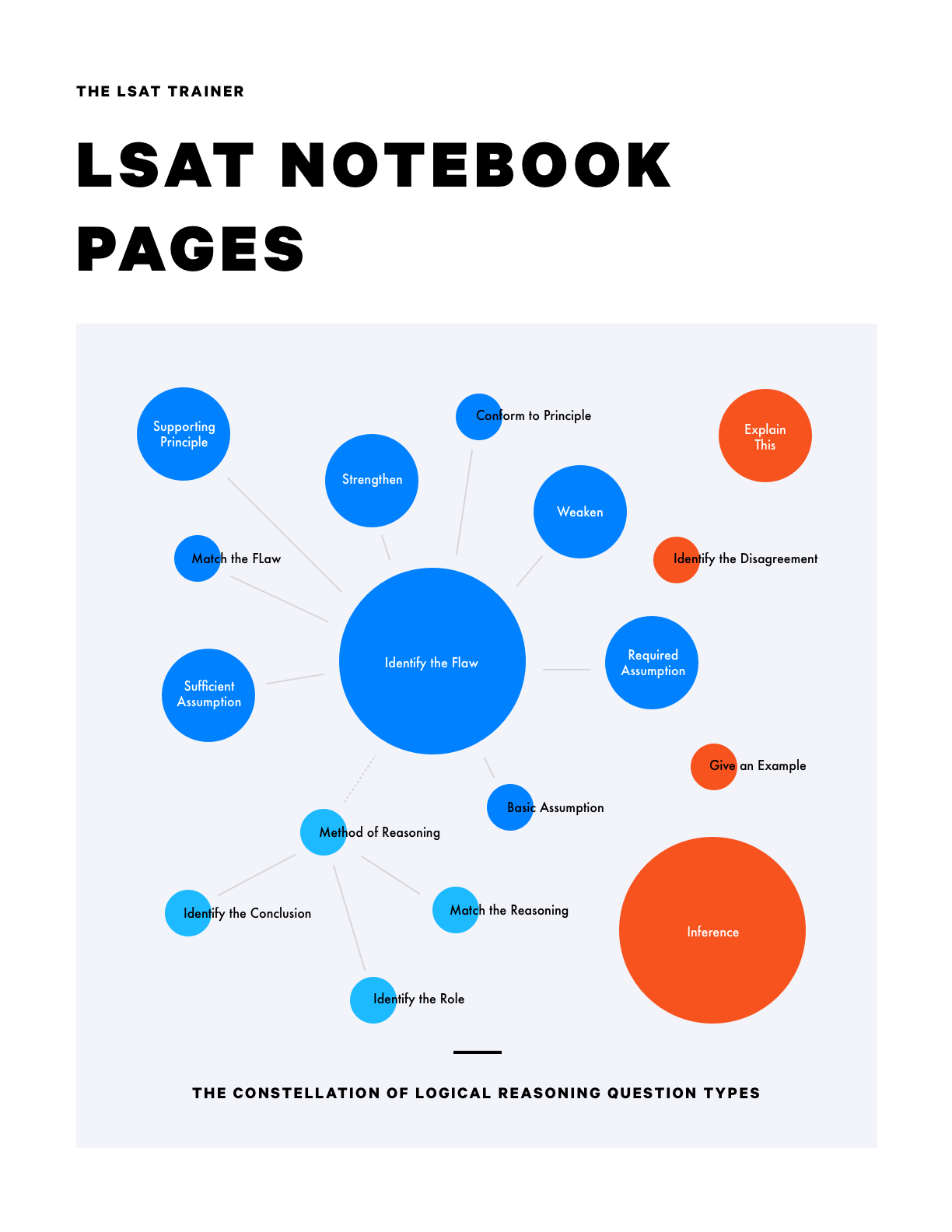Game 1 (Option 1)
Step 1
Per the given scenario, we can write out the six elements to be placed - R, S, T, V, X, and Y - and lay out the six positions to be filled in order.
Step 2
Per the first and third rules, we can notate that Y must be after T and before R.
Step 3
Per the second rule, we can notate the S must be before X.
Step 4
Per the fourth rule, we can cross out R from underneath the fifth and sixth positions. We can also make an inference that since R must have at least two elements (T and Y) that go before it, R can only go in the third or fourth positions.
Step 5
We can notate that V is not directly restricted by any of the given rules.
Game 1 (Option 2)
Step 1
Per the given scenario, we can write out the six elements to be placed - R, S, T, V, X, and Y - and lay out the six positions to be filled in order.
Step 2
Per the first and third rules, we can notate that Y must be after T and before R.
Step 3
Per the second rule, we can notate the S must be before X.
Step 4
Per the fourth rule and the subsequent inference that R must be in 3 or 4, we can create two frames, one with R in 3 and the other with R in 4.
Step 5
When R is in 3, T and Y must go in 1 and 2, respectively. That leaves S-X, and V for the final three positions.
Step 6
When R is fourth, we know that T - Y must go somewhere in the first three positions. We can also make a small inference that per the S-X rule, X must be one of the final two positions.
Step 7
We can notate that V is not directly restricted by any of the given rules.
Game 2 (Option 1)
Step 1
Per the given scenario, write out the five elements to be placed - J, K, L, N, and O - and lay out the three positions to be filled - V, Y, and Z. Also create two positions for the two elements that will not be selected.
Step 2
Per the first rule, notate conditionally the biconditional K <-> /N and N <-> /K.
Step 3
Notate the second rule as a conditional, and derive the contrapositive: J -> K, /K -> /J. We can link this to our notation for the first rule.
Step 4
Notate the third rule as a conditional, and derive the contrapositive: O in V -> / K in Y, K in Y -> / O in V.
Step 5
Per the fourth rule, we can notate that L can be assigned to neither V nor Y.
Game 2 (Option 2)
Step 1
Per the given scenario, write out the five elements to be placed - J, K, L, N, and O - and lay out the three positions to be filled - V, Y, and Z. Also create two positions for the two elements that will not be selected.
Step 2
Per the first rule, notate conditionally the biconditional K <-> /N and N <-> /K.
Step 3
Notate the second rule as a conditional, and derive the contrapositive: J -> K, /K -> /J. We can link this to our notation for the first rule.
Step 4
Per the fourth rule, create two frames, one with L assigned to Zambia, and other other with L not assigned.
Step 5
Per the first rule and the inferences we can make from it, split the first of those frames into two, one with K out and one with N out. (Frames 1A and 1B).
Step 6
In frame 1A, per the second rule, J can’t be in, so J must be out. That leaves N and O to fill the remaining two assignments.
Step 7
In frame 1B, per the first rule, we know K must be assigned an ambassadorship; the other ambassadorship can be assigned to either O or J.
Step 8
Per the first rule and the inferences we can make from it, split the second of our initial frames into two, one with K out and one with N out. (Frames 2A and 2B).
Step 9
In frame 2A, with K and L out, we have to have J, N, and O in. However, per the second rule, we can’t have J in with K out, so this frame can’t work.
Step 10
In frame 2B, with N and L out, J, K and O must fill the three assignments.
Step 11
We also want to make sure to keep in mind the one rule the frames don’t account for, the third one: if O is assigned to V, K can’t be assigned to Y.
Game 3 (Option 1)
Step 1
Per the given scenario, we can write out R, S, T, and Y as the elements to be placed, and then two sets of assignments: F, G, H, and J in day one, and F, G, H, and J in day two.
Step 2
Per the first rule, we can cross out R from underneath F for both days.
Step 3
Per the second rule, we can cross out Y from underneath J for both days.
Step 4
Per the third rule, notate that T must test H on either the first or second day.
Step 5
Per the fourth rule, notate that where Y is assigned for the first day = where S is assigned for the second.
Step 6
It may also be helpful to write out as a reminder, per the scenario, that the same rider can’t test the same bike twice.
Game 3 (Option 2)
Step 1
Alternatively, per the given scenario, we could have written out F, G, H, and J as the elements to be placed, and R S, T, and Y as the assignments to be filled each day.
Step 2
Per the first rule, we can cross out F from underneath R on both days.
Step 3
Per the second rule, we can cross out J from underneath Y on both days.
Step 4
Per the third rule, we can notate that we must have H assigned to T on the first or second day.
Step 5
Per the fourth rule, we can notate that Y’s first day assignment equals S’s second day assignment.
Step 6
It may also be helpful to write out as a reminder, per the scenario, that the same rider can’t test the same bike twice.
Game 4
Step 1
Per the given scenario, we can write out F, G, H, I , K, L, M, and O as the list of elements to be placed.
Step 2
The given scenario tells us that each shelf must have at least two books, and the first rule tells us that the bottom shelf has more books than the top shelf. There are only two ways this can happen, numerically speaking: we can have two books on the top shelf, three on the second, and three on the third, or we can have two books on the top shelf, two on the second, and four on the third. We can create two frames to represent these two options.
Step 3
Per the second rule, we can place I into the middle shelf of both frames.
Step 4
Per the third rule, we can notate the K is above F.
Step 5
Per the fifth rule, we can notate that F and M are on the same shelf - we can connect this notation to our notation for the third rule.
Step 6
Per the fourth rule, we can notate that O is above L.
Step 7
Looking at the first frame, per the additional rules we’ve notated, the F, M block must go on the bottom shelf.
Step 8
In the second frame, the F, M block can either go on the second shelf or the bottom shelf. We can split this frame further (2A and 2B) to represent these two options.
Step 9
If F and M are on the second shelf, K must be on the first shelf. O must also be on the first shelf, leaving L, G, and H for the bottom shelf.
Step 10
We can notate that G and H are not directly restricted by any of the given rules.



